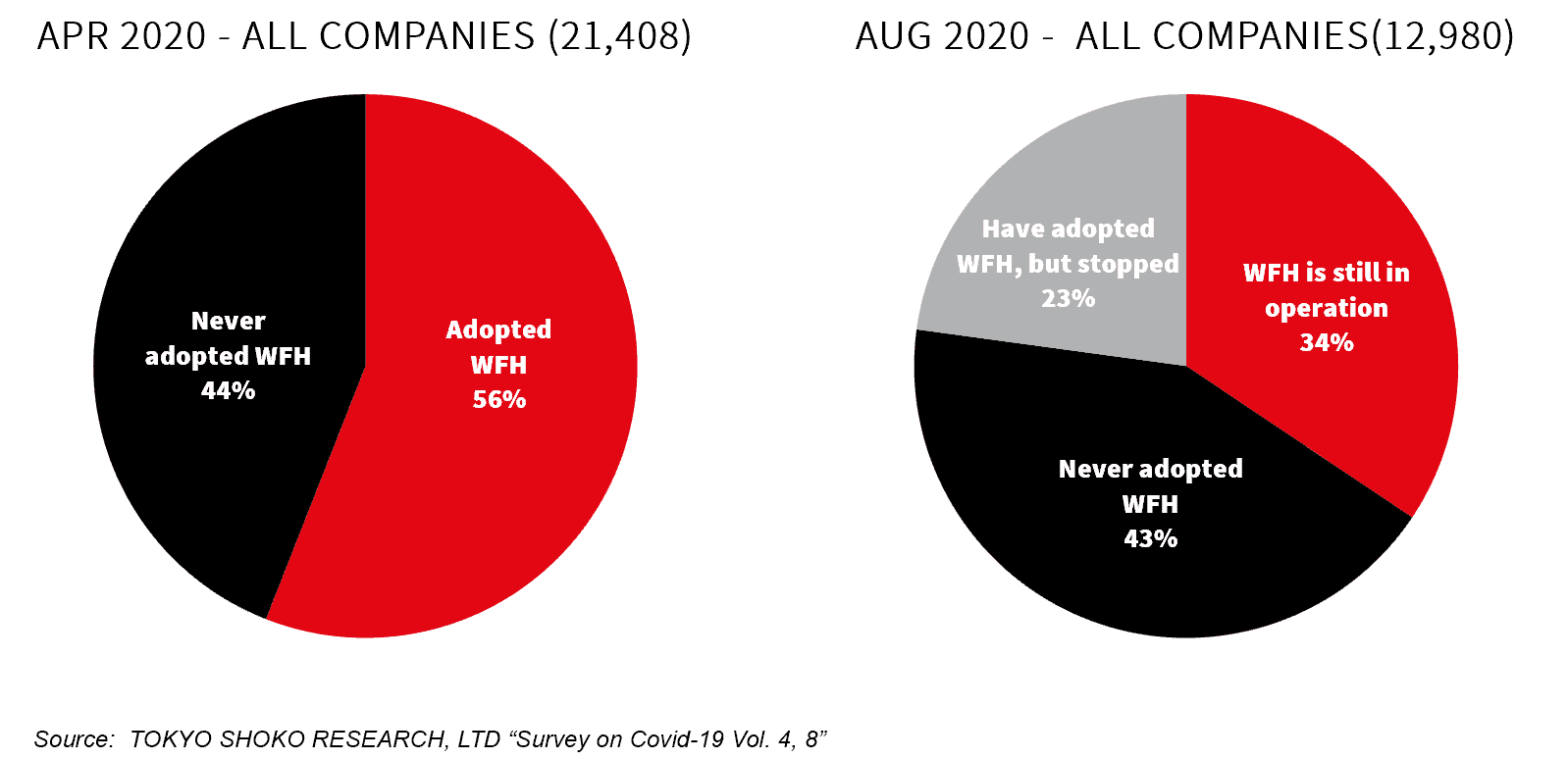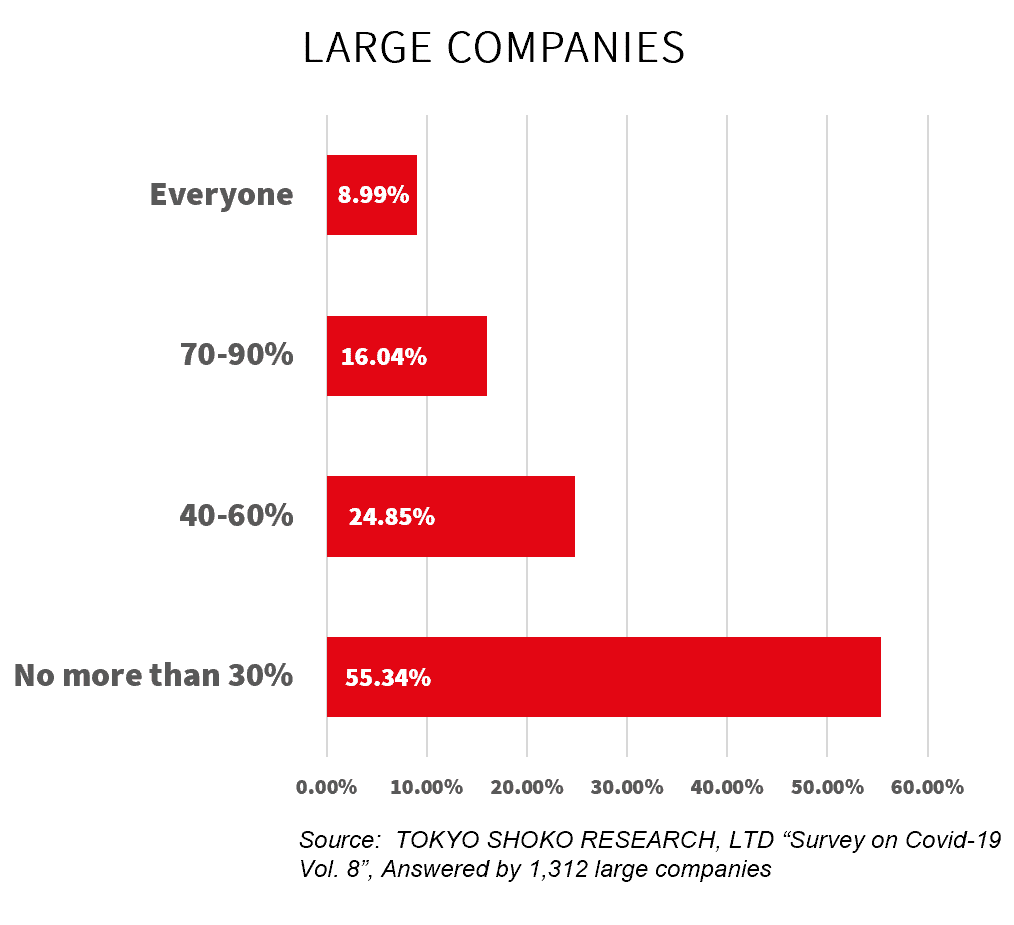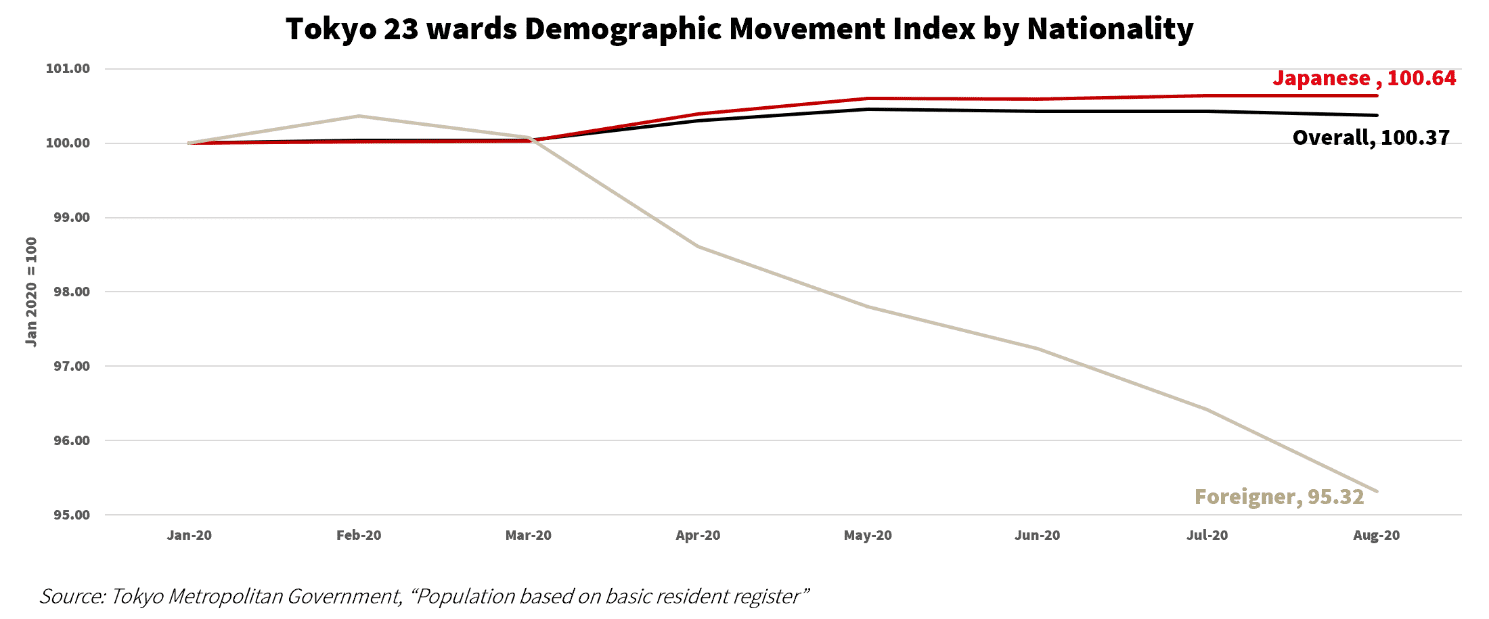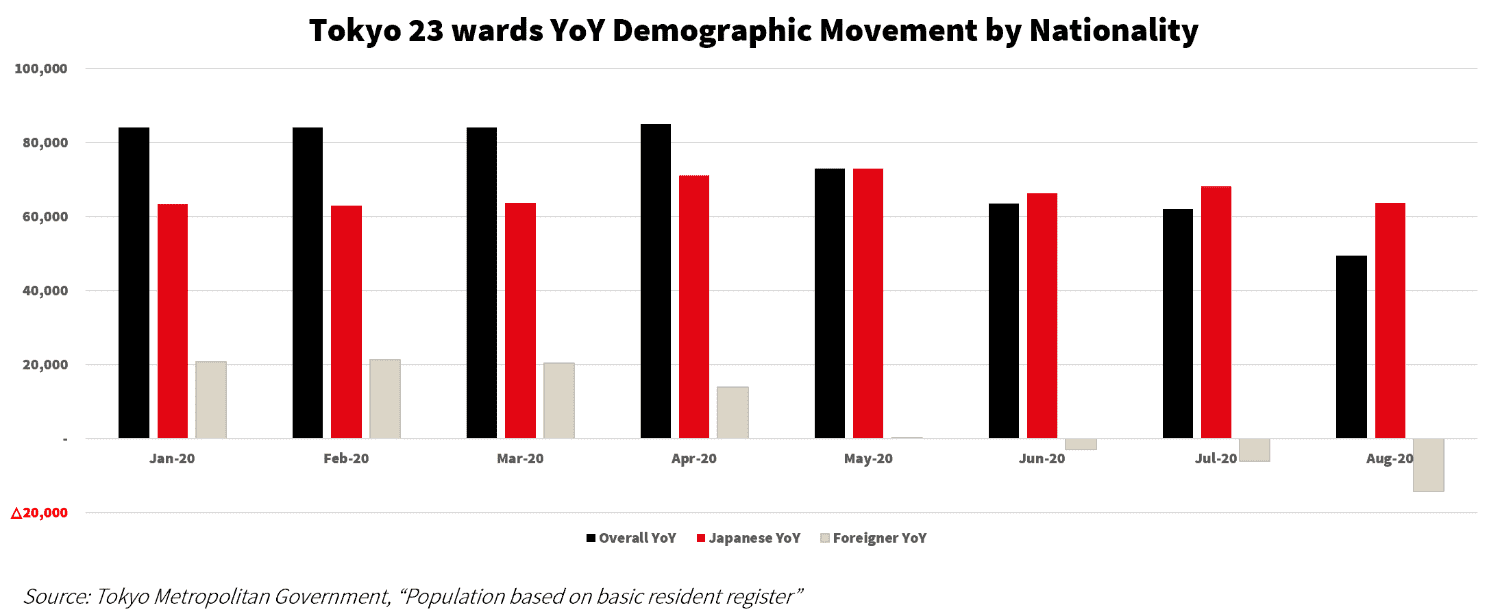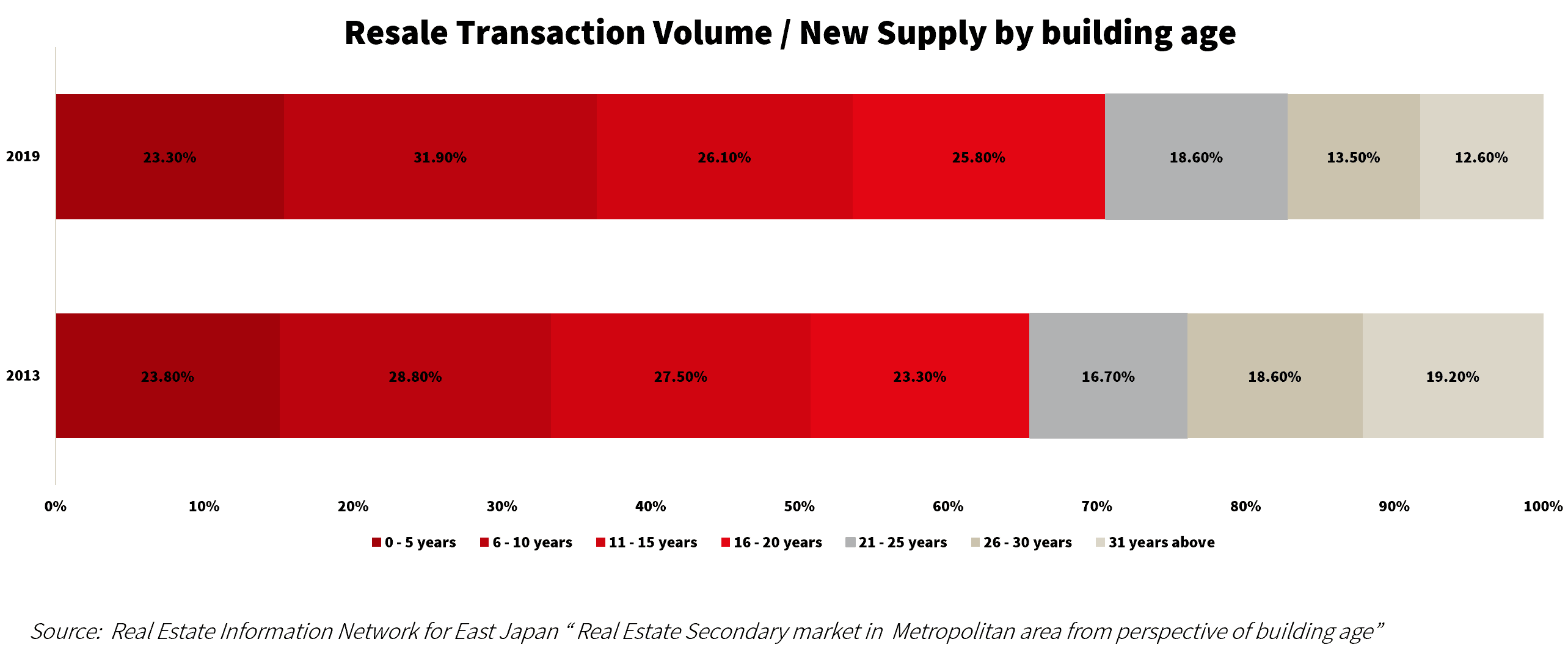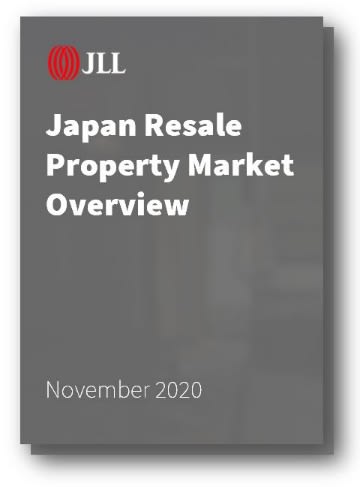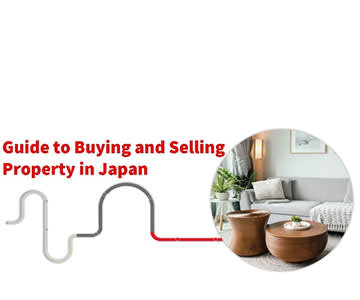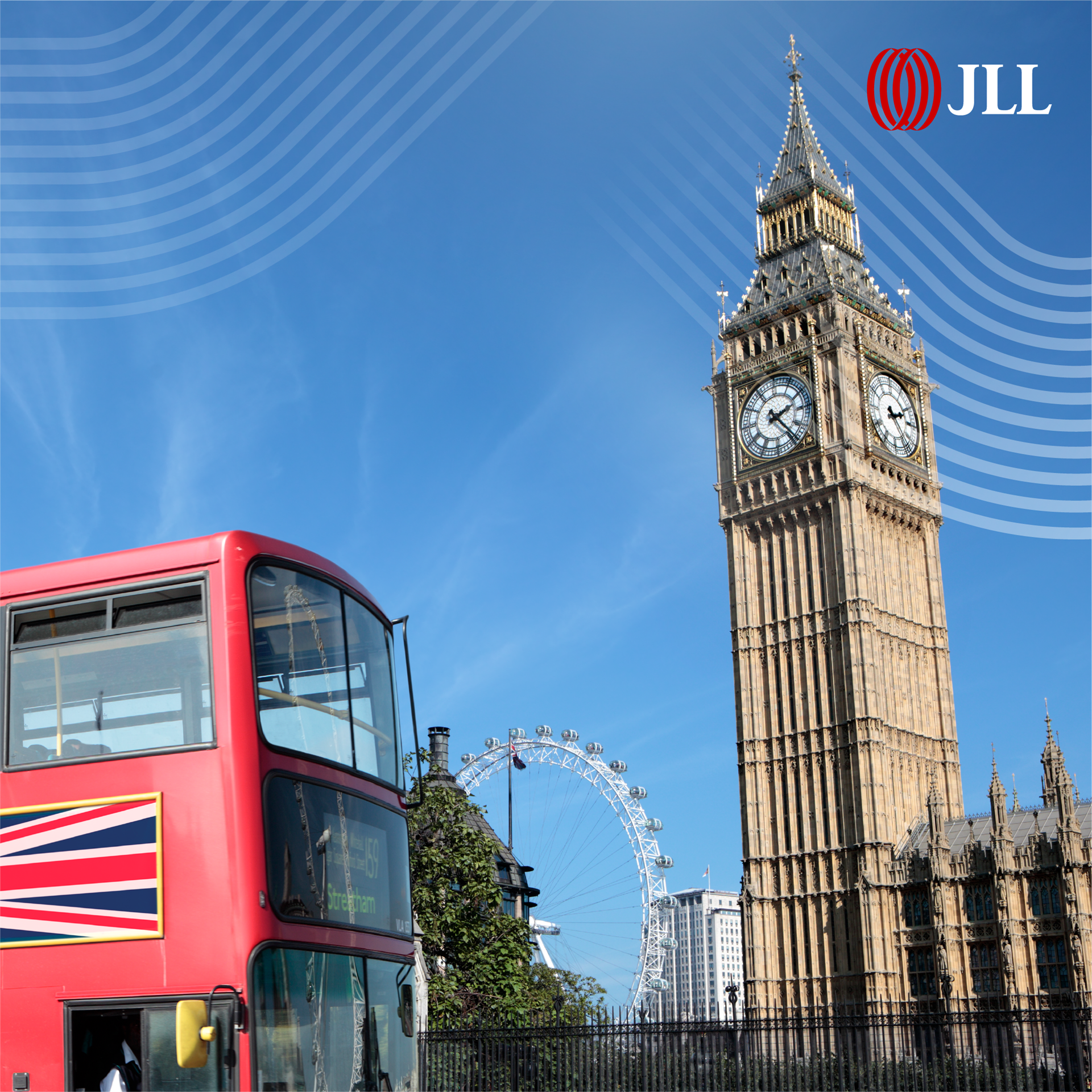Shortage in supply of new-built condominium pushes up demand in resale market
The sustainable growth of the Japan property market has been supported by a steadily growing population in the metropolitan areas. As such, the shortage in supply of new-built condominium is leading more people to turn their eyes towards relatively new condominiums in the resale market.
The Japanese traditionally favour new-built housing, but recent trends tell us that there has been a change in people’s perceptions towards the age of a building or property. In this report, we will look at more insights from the recent trend in the resale market.
Demand for housing remains strong
The population growth in metropolitan areas like Tokyo have been showing a steady increase. COVID-19 has changed our living and working styles in various ways, but the impact on housing demand is limited. Market observers commented that more people from the city central areas are moving to spacious houses in countryside when working from home (WFH) was being introduced during the state of emergency in April 2020. Indeed, according to the survey by Tokyo Shoko Research survey, 56% of companies adopted WFH at the time. However, in August, the number of companies who continued to WFH was reduced to 34.40%.
Survey on Working From Home 2020
Large companies have higher adoption rate of 61.31%, which is almost double that of mid-to-small size companies.
Participant Rate of Working From Home - Aug 2020
In terms of participant rate, majority of large companies responded that no more than 30% of their employees adopted WFH. Even so, majority of these employees WFH only partially, i.e. biweekly or a few days in a week. Therefore, relocating to countryside is not a practical option for the majority, as commuting to work is still required and thus good connectivity remains important.
Looking at the demographic movement in Tokyo, COVID-19 did affect the population movements, but not to the extent to call it as a population outflow. Indeed, demography by nationality showed the decrease in population was largely contributed by foreign residents returning to their countries. As of August 1, Japanese population has increased by 58,114 comparing with January, while foreigner population has reduced by 4%.
In the long term, population growth is still in an upward trend. If we look at the population growth oOn year –on- year basis, the Japanese population remains in healthy growing trend compared to last year. Therefore, the impact of COVID-19 on population growth is limited to the foreigners which attributes to a short-term factor and has not affected the long-term growth greatly.
Here I would like to highlight that in the long-term, population is growth has not been affected that much. Though there wasn't the regular April population growth due to state of emergency, but population is still in growth trend, so COVID-19 didn't hinder the population growth much. Y0Y basis, it is still in growing trend
Fortunately, real estate sales activity has sprung back to what it used to be before COVID-19. There is still a great demand for condominiums from the local owner-occupiers and the decrease of foreigners do not seem to affect sales. When businesses resumed after the state of emergency, local buyers started actively looking for housing like before. On year-on-year basis, there were even more transactions in the resale market in August 2020.
Shortage of supply in new-built condominiums
In recent years, the supply of new-built condominiums in Tokyo has been decreasing, despite the growing population and housing demands. The choice limitations turned buyers to the resale market for secondary alternatives. Land acquisition has always been very competitive in the already developed central areas in Tokyo. As city urbanization continues, the shortage of supply in new-built properties is expected to push up the demands of resale apartments.
The next graph shows the transaction volume of resale versus new-built properties in Tokyo 23 wards over the past ten years. The transaction volumes of resale market showed a gradual increase, while the new-built condo supply slowed down after 2013.
Properties below 20 years are actively sought after
New-built housing has always been the most preferred option for Japanese, because historically, houses in Japan were built by wood. It was believed that the newer the house, the better would be its durability. However, the situations are different today. With fewer new-built options and the advancement of superior construction qualities, resale apartments are generally now more accepted.
As more buyers opt for resale markets as a substitute for new-built apartments, it resulted in most transaction volumes concentrated in the relatively new buildings with age below 20 years. In terms of the transaction ratio against the supply, the buildings aged between 6 to 10 years show the highest demand last year, followed by those of 11 to 15 years, 16 to 20 years and 0 to 5 years.
Recommendation is up to 15 years old
The observations showed that the highest transaction volume is for resale properties within 20 years old. Therefore, investing in property below 15 years is the best recommendation when we consider the exit timing as well. Although buildings of 20 years old may sound “old” for overseas investors, the locals feel differently. Traditionally, the Japanese adore new-built properties, but more people are now realizing that the construction qualities after the turn of the millennium have become excellent to provide strong durability. This is especially so for properties from established developers which are well-maintained in very good conditions, that makes little difference when compared to the new-built ones.
Many Japanese developers have their own prestige brand names for their condominiums. Therefore, they put in their utmost efforts in maintaining their quality and reputation. Often, the building management is by developer’s subsidiary company so as an assurance that the same brand quality will be achieved.
Because of the superior construction quality, it is unlikely that owners of such condominiums will need to pay substantial amounts for maintenance in the first 10 years. That is why many property management companies offer guarantee plans that cover minor repair costs, as there is not much expense expected during that timeline.
After the first decade, some replacements of appliances like air-cons, dishwashers, water-heaters may be required due to service lifespans, but in general, the properties will look no inferior to new-built ones and are equally competitive in the markets.
Property price continues to grow in prime locations
Both resale and new-built condominiums in Tokyo have been on a steep price growth since 2013. The growth until 2016 were largely affected by the great expectations towards Tokyo Olympic game, which has brought significant impacts on the property markets not only in Tokyo central, but also to surrounding areas. The growth in the most recent years was due to more sustainable and rational factors. Good connectivity, prime locations, redevelopment and superior quality apartments are enjoying appreciation, whereas those properties without these factors are being left behind from the continuous growths.
The demand for a good property in terms of quality and location is expected to remain strong in central area, as working in office is still a daily norm for majority. The shortage of new home supply will continue, as land acquisitions will remain competitive in prime locations, which in turn will push up values of the existing good properties. It is therefore a good opportunity to widen your options to consider resale properties with strong growth factors.
Back in 2013, almost any property near Tokyo could have price appreciation, but now, the real "good" property can continue to grow.
For more details you may contact JLL International Residential at +65 9671 9583 or internationalresi@ap.jll.com
